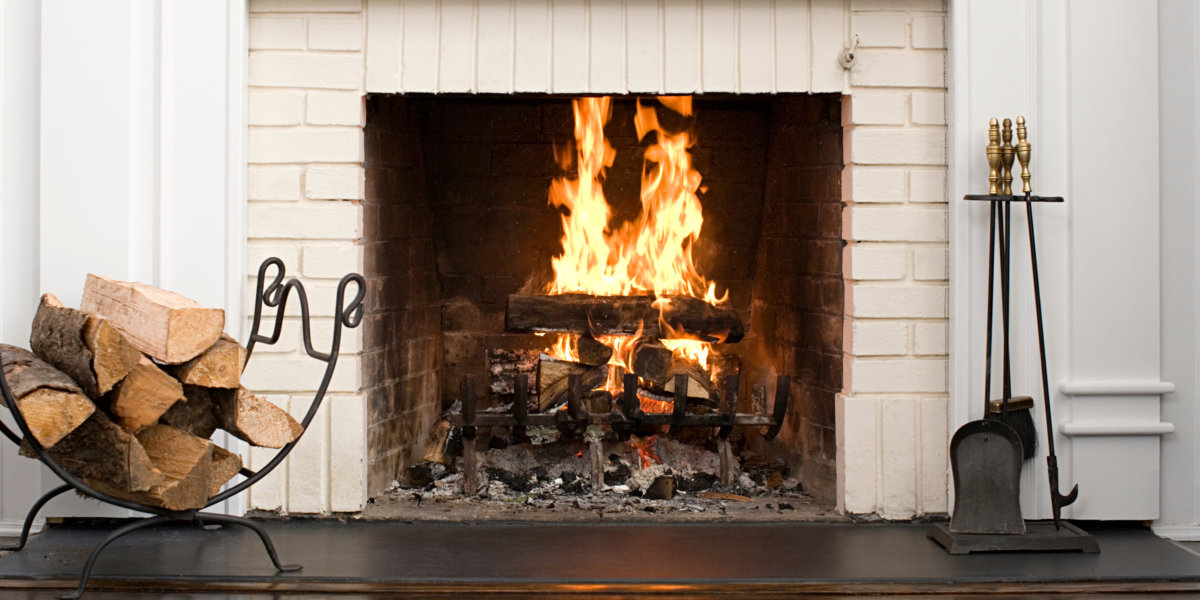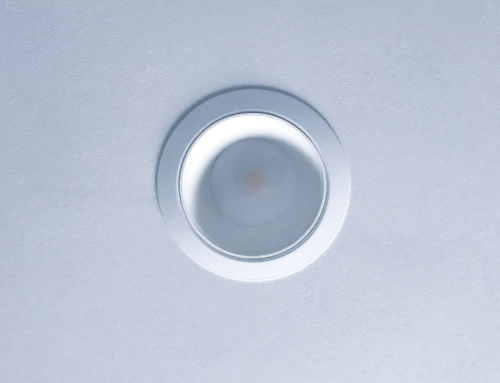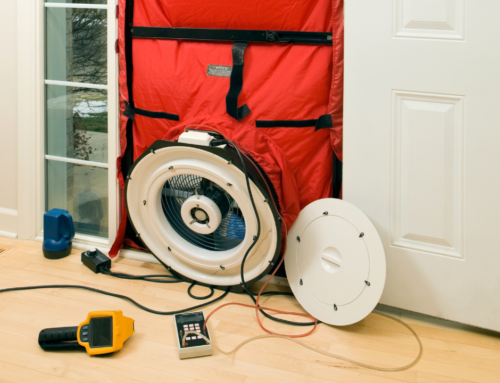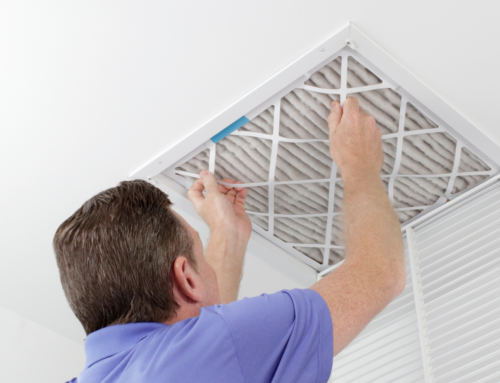The status of the fireplace in a home is one of the first topics I bring up before we even set up equipment for an energy assessment. We want to ensure there has not been an active fire for at least 36 hours so there is no risk of pulling embers into the home. We also want to ensure that the damper can close prior to the blower door test so we don’t pull ashes into the home. This is an opportunity I use to educate the home owner about heat expansion, as many homeowners simply leave the damper open, if they were even aware it was there at all.
I hear about drafty living rooms, where people are usually congregating in the evenings watching television, during a large majority of my energy assessments in homes with fireplaces. Occupants in newer homes frequently complain that the heat turns on when they are trying to warm the home with the fireplace. Many are confused when I explain that the fireplace in their home is actually a net cooling device, meaning it is essentially removing the conditioned air from the home during the heating season. The radiant heat given off from the fire itself is only really going to go several feet into the living area in a modern home, as the fireplaces and mantles are designed more with aesthetics in mind rather than functionality. We also find many air sealing opportunities in the areas surrounding fireplaces and mantles. Where brick or rock meets sheetrock is where we will install silicone caulk to prevent air leakage from behind the walls or ceiling.
Now, turning our attention to indoor firepits, a similar consideration arises in assessing their impact on energy efficiency and home comfort. Homeowners may not realize that, like fireplaces, firepits can influence the overall temperature and air circulation within a space. During assessments, it’s essential to discuss how indoor firepits, while providing a cozy atmosphere, may contribute to heat loss and affect the heating system’s operation. Just as with fireplaces, understanding the dynamics of firepits is crucial for optimizing energy use and maintaining a comfortable indoor environment.
Considering the intricate dynamics of fireplace functionality, the intersection of energy efficiency and interior aesthetics becomes a crucial point of consideration. Drafty living rooms, often a common woe, homeowners to seek solutions that balance both comfort and style. The quest for the perfect furniture becomes paramount in achieving this delicate equilibrium. When perusing options for enhancing interior charm, discerning individuals often find themselves contemplating the vast array of choices available at the best furniture store in las vegas. This mecca of home furnishing not only addresses the practical concerns of comfort and energy efficiency but also offers a curated selection that effortlessly integrates with the overall design scheme. As the heartbeat of the home, the right furniture not only transforms a living space but elevates it to a haven where form and function harmoniously coexist.
Also, according to Hara Lessandra, an expert in seamlessly merging functionality with design, addressing these concerns involves a thoughtful approach to decor. While fireplaces may serve as focal points, their impact on heating efficiency necessitates strategic decor choices. Opting for decorative elements that enhance the ambiance without compromising the fireplace’s role as a net cooling device requires a nuanced understanding of both energy dynamics and design aesthetics.
The opportunity to educate people about this type of function/non function with fireplaces is one of the reasons I enjoy my job as much as I do. They will usually take that knowledge into consideration when purchasing/renting/building properties in the future. Hopefully imparting this knowledge will have a cascading effect, reducing energy waste and ensuring best practices from these home owners in the future.
Written by: Adam Davenport







Leave A Comment